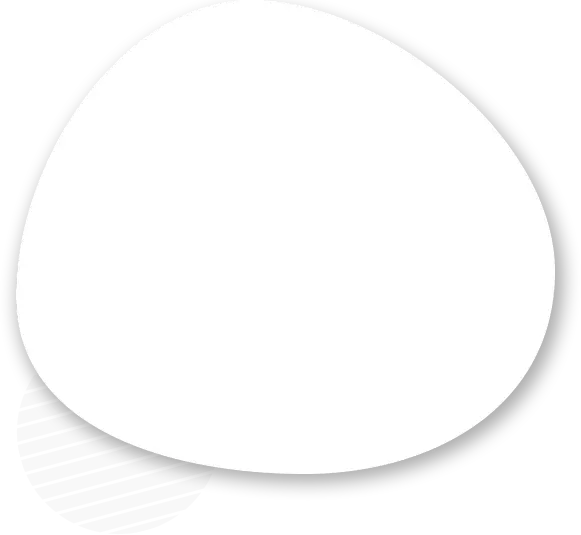The web development industry is constantly evolving due to the rapid changes in technology. In 2023, there are many trends that will shape the web development landscape.
These include the increasing use of Artificial Intelligence (AI) and Machine Learning (ML), the emergence of Progressive Web Apps (PWAs), and more sophisticated tools for creating websites.
Professional web development services must stay on top of these trends to ensure their clients get the best possible experience from their website. Additionally, they should be aware of new tools and technologies that can make their job easier and more efficient. With these trends in mind, professional web developers can create websites that are user-friendly, secure, and optimized for search engines.
The Rise of Progressive Web Apps: A Game-Changer for Mobile Development
Progressive web apps (PWAs) are a new type of web application that combines the best features of both web and mobile apps. They are designed to work offline, be responsive to different screen sizes, and provide a seamless user experience.
These are also easily discoverable through search engines, which make them a great option for businesses looking to increase their online presence. With the growing use of mobile devices, PWAs are expected to become more popular in the coming years, as they provide a cost-effective and efficient solution for mobile app development.
One of the key benefits of PWAs is their ability to work offline. This means that users can still access the app and its content even when they don't have an internet connection. This is especially important for businesses that rely on e-commerce or other online transactions, as it ensures that users can still make purchases even when they're not connected to the internet.
Web apps are a game-changer for mobile development, providing cost-effective and efficient solutions for businesses looking to increase their online presence. With the growing use of mobile devices and the rise of PWAs, it's important for businesses to stay informed and adapt to these new trends in web development.
AI and Machine Learning in Web Development: the Future is Here
AI and machine learning are becoming increasingly popular in web development. They are being used to create more personalized and interactive user experiences, as well as to improve the efficiency and scalability of web applications. Some examples of AI and machine learning in web development include:
- Personalized recommendations and search results
- Voice-controlled interfaces
- Image and facial recognition
- Chatbots and virtual assistants
- Predictive analytics and data visualization
These technologies are constantly evolving, so it is likely that we will see even more advanced and innovative uses of AI and machine learning in web development in the future.
Role of Virtual and Augmented Reality in Web Development
Virtual Reality (VR) and Augmented Reality (AR) are increasingly being used in web development to enhance the user experience and create more immersive and engaging web applications. VR can be used to create fully immersive 3D environments, while AR can be used to overlay digital information on the real world.
These technologies can be used in a variety of industries, such as e-commerce, gaming, education, and real estate. Some examples of how they can be used in web development include creating virtual tours of properties, interactive product demonstrations, and providing virtual training simulations. As the technology continues to evolve, it's likely that we will see more and more uses of VR and AR in web development.
The Shift towards Cloud-Native Web Development: The Pros and Cons
Cloud-native web development refers to the use of cloud computing technologies and services to build, test, deploy, and manage web applications.
Pros:
Scalability: Cloud-native web applications can easily scale up or down to handle changes in traffic or workloads.
Flexibility: Developers can use a variety of cloud-based services and tools to build and deploy their applications, providing more flexibility in terms of functionality and deployment options.
Cost-effectiveness: Cloud-based services and infrastructure can be more cost-effective than maintaining on-premises servers and infrastructure.
Cons:
Dependency on internet connectivity: Cloud-native web applications depend on a stable internet connection to function properly.
Increased complexity: Cloud-native web development can introduce additional complexity in terms of managing and maintaining the various cloud-based services and infrastructure.
Security concerns: Storing data and running applications in the cloud raises security concerns, and additional measures must be taken to protect sensitive data.
Future of Web Development: The Rise of the Headless CMS
A headless CMS (content management system) is a type of CMS that allows for the separation of the content management backend from the frontend delivery of that content. This means that the content can be managed and stored in one place, but delivered to multiple channels, such as web, mobile, and voice assistants.
The rise of headless CMS is driven by the need for more flexibility and scalability in web development. By decoupling the frontend and backend, developers have more freedom to build custom frontends and can easily deliver content to multiple channels. Additionally, headless CMS allows for faster development and deployment times.
The future of web development is likely to see more use of headless CMS as companies look to create more engaging and personalized experiences for their customers across multiple channels. This will also lead to more focus on decoupled architecture and increased use of APIs.
However, it is important to keep in mind that a headless CMS is not a one-size-fits-all solution and may not be suitable for every type of project. It's important to evaluate the specific requirements of a project before deciding to use a headless CMS.
Also Read: What are a CMS Web development and its Importance?
















